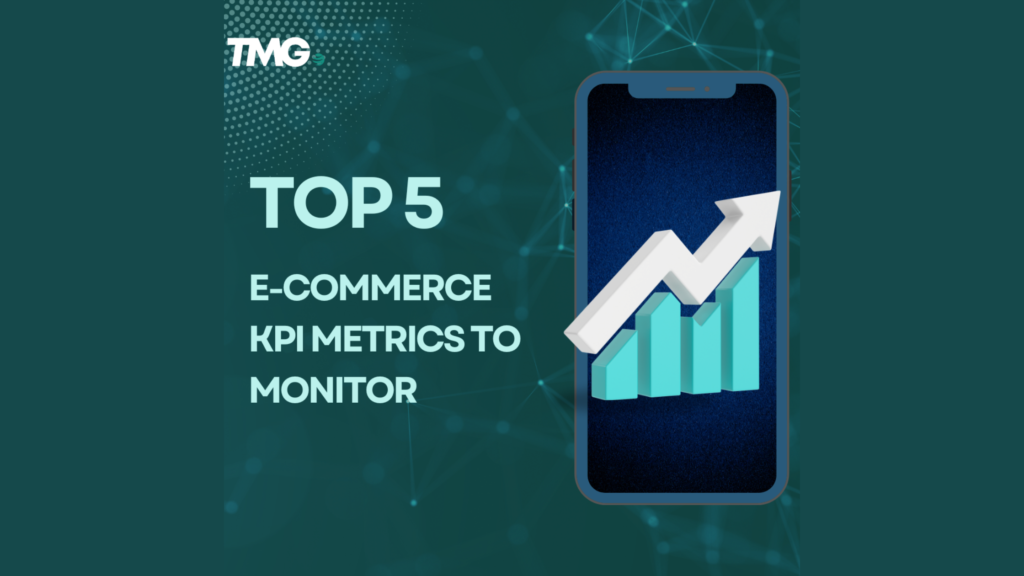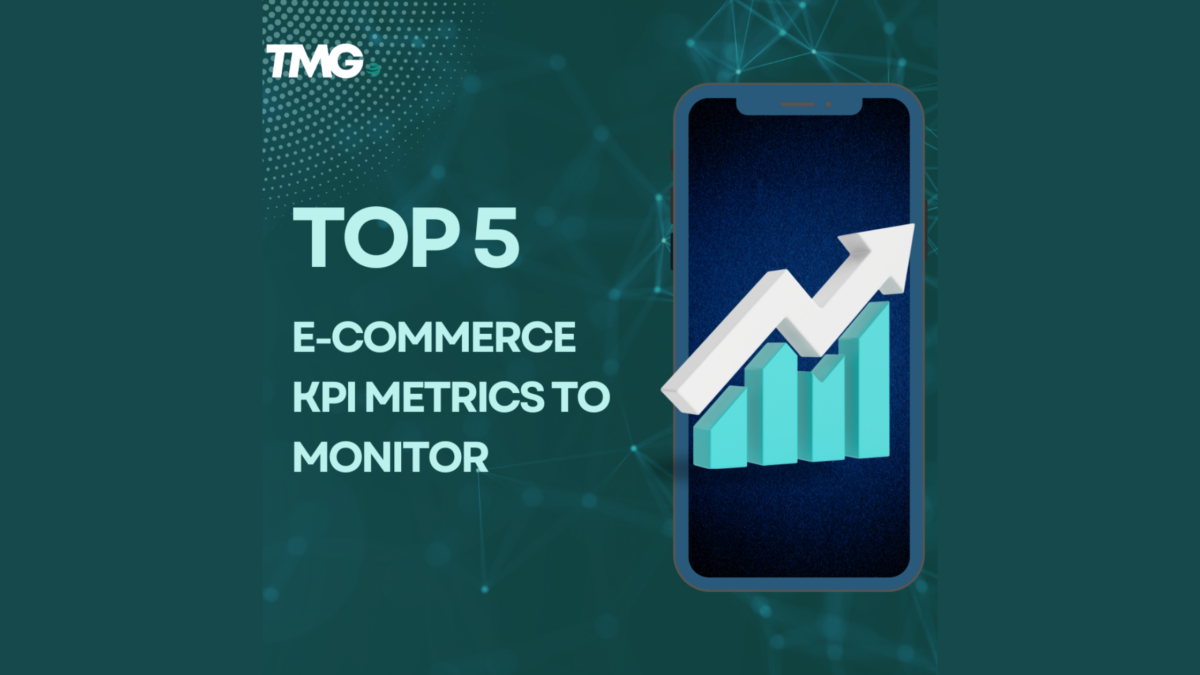In today’s digital landscape, the allure of reaching a global audience through e-commerce platforms is nothing short of captivating. Whether you’re adapting to modern trends, embarking on your first entrepreneurial journey, or merging the two, the world of e-commerce presents a realm brimming with opportunities and potential. Amid this landscape, the role of key performance indicators (KPIs) stands as a beacon, guiding businesses towards data-driven decisions that not only ensure survival but foster sustainable growth.
How to Comply? Stay Rest Assured!
You don’t have to do everything by yourself. TMG is the answer to all your woes. You will have a Professional, who will be your advisor, and help you navigate these compliances.
In a nutshell, we will take care of your compliances – so you have more time to focus on your core business at hand.
Click Here To Book a call with us today!
Deciphering E-commerce KPIs
At the heart of strategic business management lie key performance indicators, or KPIs. These quantifiable metrics serve as signposts, indicating whether a business is successfully achieving its predetermined objectives and goals. As numerical representations of business performance, they encapsulate valuable insights gleaned from organized datasets, allowing companies to evaluate their short-term performance and chart the course for long-term strategic maneuvers.
For instance, the e-commerce realm relies heavily on scrutinizing abandonment rates—the instances where potential buyers place products in their virtual carts but ultimately abandon the checkout process. This KPI, among others, isn’t just a statistic; it encompasses customer satisfaction, business expansion, pricing strategies, and the efficacy of digital marketing initiatives, serving as a critical catalyst for driving online traffic.

Unlocking the Power of E-commerce KPIs
KPIs are more than mere metrics; they’re the cornerstone of informed decision-making. Though not definitive indicators of success or failure, they highlight areas that need attention and fine-tuning, allowing businesses to allocate resources more effectively. An elevated cart abandonment rate, for instance, may not spell catastrophe, given the industry average hovers around 69.8%. However, it could signify underlying issues with the website or the checkout process. To decode the underlying problem, drilling down into granular-level metrics becomes imperative.
Moreover, e-commerce KPIs serve as compasses for specific teams within an organization. Digital marketing teams scrutinize customer engagement, website conversion, and finance metrics to gauge the effectiveness of their strategies. Conversely, sales teams monitor customer engagement and satisfaction, offering insights to refine their approach. Investors also turn to KPIs to gauge a business’s viability, and these metrics hold the potential to influence crucial decisions within the organization.
Dissecting Crucial E-commerce KPIs
1. Net Sales: Net sales transcend the concept of gross revenue, offering a more comprehensive financial overview. While gross revenue showcases the total income generated, net sales take into account returns, discounts, and allowances. This KPI provides a clearer picture of a company’s actual earnings, ensuring that businesses base their decisions on more accurate data.
2. Shopping Cart Abandonment Rate: Cart abandonment in e-commerce refers to the frustrating scenario where visitors load up their virtual shopping carts but exit the site without completing the purchase. Despite your efforts to engage them, nearly 70% of e-commerce sites experience this. Reasons vary from unexpected shipping costs to website glitches and hesitant buyers.
Yet, there’s a silver lining. BI Intelligence suggests that smart retailers can recover about 63% of the lost revenue, potentially saving billions. This makes monitoring the cart abandonment rate crucial.
3. Contribution Margin: The Contribution Margin KPI goes beyond the surface of profits, delving into the impact of marketing and selling costs on gross profit. It’s a metric that guides strategic decisions by revealing how much revenue remains after covering the direct costs of creating and marketing products. Armed with this information, businesses can make informed choices about their spending, ensuring that investments align with profitability.
4. Basket Size: Basket Size, or the average number of items per order, holds the key to understanding customer spending behaviors. This KPI is a window into customers’ preferences, shedding light on which products are often purchased together. By analyzing this metric, businesses can tailor their offerings, optimize cross-selling strategies, and create more personalized shopping experiences.
5. Customer Lifetime Value (CLTV or CLV): The Customer Lifetime Value (CLTV) metric is a crystal ball of sorts. It predicts the revenue potential of a customer over their entire engagement with a business. Armed with this information, companies can shape their acquisition strategies, focusing on customers who have the highest potential to contribute to long-term profitability.
Apart from the above, there are a few more crucial KPIs that an e-commerce business needs to track-
6. Customer Retention Cost: While acquiring new customers is important, retaining existing ones is equally vital. The Customer Retention Cost KPI assesses the expenses involved in retaining customers compared to the revenue they generate. This metric underscores the value of fostering loyalty and building lasting relationships with customers, as it can be more cost-effective than constantly acquiring new customers.
7. Conversion Rate: The Conversion Rate is a mirror reflecting the efficiency of your website’s landing pages and calls to action. It measures the percentage of visitors who take the desired action, be it making a purchase, signing up for a newsletter, or filling out a form. This KPI is invaluable in fine-tuning the user experience and ensuring that your website maximizes its potential to convert visitors into customers.
8. Average Order Value (AOV): The Average Order Value (AOV) KPI is a strategic goldmine. By calculating the average expenditure per customer order, businesses can identify opportunities to increase revenue without necessarily increasing customer acquisition efforts. This metric guides upselling and cross-selling strategies, enabling businesses to make the most of each transaction.
9. Net Profit Margin: At the heart of any sustainable business lies the Net Profit Margin KPI. This metric reveals the proportion of net profit a company generates for every dollar of revenue. It’s a reflection of financial health and sustainability, offering insights into how effectively a business manages its costs while maintaining profitability.
10. Sales Dilution Rate: The Sales Dilution Rate digs into the difference between gross and net sales, unearthing inefficiencies and product performance issues. By quantifying this gap, businesses can identify problem areas that might be eating into their profits. This KPI serves as an early warning system, allowing organizations to swiftly address issues before they escalate.
Conclusion
In the dynamic realm of e-commerce, these KPIs are not just numbers; they’re the DNA of informed decision-making. Each KPI uncovers a layer of insight, empowering businesses to optimize strategies, enhance customer experiences, and drive growth. By harnessing the power of these essential e-commerce KPIs, businesses can navigate the complexities of online commerce with precision, purpose, and the potential for lasting success.

 Toll Free:
Toll Free:  Contact Us
Contact Us


